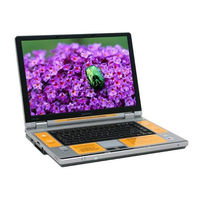Toshiba Qosmio G15 Series Laptop Manuals
Manuals and User Guides for Toshiba Qosmio G15 Series Laptop. We have 1 Toshiba Qosmio G15 Series Laptop manual available for free PDF download: User Manual
Advertisement
Advertisement
